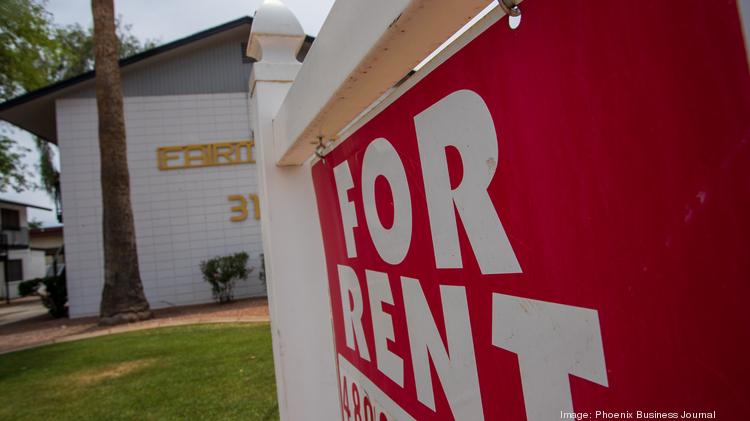
By Ashley Fahey
Although loans backing office properties are the most scrutinized these days, a wall of debt is also maturing within the multifamily sector in the coming years.
And while multifamily continues to be seen as one of the safer asset classes, already, there’ve been recent examples of loan defaults on multifamily portfolios, including four properties in Houston totaling 3,200 units that went to foreclosure last month.
Stay on top of trends and news in real estate by signing up here for The National Observer: Real Estate Edition.
Aaron Jodka, director of national capital-markets research at Colliers International Group Inc. (Nasdaq: CIGI), said the multifamily market right now is an interesting test case — while rents aren’t growing as fast as they were 18 months ago, many markets continue to see positive growth and occupancy remains strong.
Looking strictly at the apartment market, nationally, net absorption was 19,243 in the first quarter of 2023, and occupancy stood at 94.7% in March, a drop from the peak of 97.6% in February 2022 but about the same as the average observed in the decade before the pandemic, according to RealPage Inc. Same-store effective asking rents for new apartment leases increased 0.3% in Q1.
But buyers and sellers continue to be at a stalemate, including within multifamily, a darling of the real estate investment world in recent years, Jodka said.
From the early 2000s through the global financial crisis and shortly thereafter, multifamily drove about 24% of all investment sales activity, according to Colliers. Between 2012 and 2020, that sector received about 33% of activity.
By 2020 to 2022, multifamily represented 43% of all investment.
“We’re increasingly seeing larger and larger investment flows, which means we have more and more maturities coming, as you’ve had additional volume,” Jodka said.
In particular, borrowers that recently financed multifamily deals with short-term floating-rate debt without anticipating the significant run-up in interest rates are facing higher loan payments now and could run into issues at refinancing, he added.
And a significant amount of loan maturities within multifamily are coming due soon. The Mortgage Bankers Association estimates, overall, there’s $2.6 trillion of loan maturities through 2027, with multifamily making up 38%.
Those who track the commercial real estate market say, like any property type, multifamily is likely to see a greater amount of distress in the coming months and years, but financing challenges are likely to be more episodic than widespread. Capital sources, both on the debt and equity side, are also likelier to provide capital to multifamily more broadly than other asset classes, and there continues to be a tremendous amount of uninvested capital sitting on the sidelines, Jodka said.
Huxley Somerville, managing director at Fitch Ratings Inc., said recent interest-rate hikes that may affect borrowers’ refinancing abilities will be offset somewhat by the staggering rental-rate growth many apartment properties have seen over a 10-year horizon. Many of the multifamily deals tracked by Fitch are secured by 10-year debt.
Higher cash flows from rent growth could offset higher interest rates, although apartment owners are also facing higher costs these days, especially on insurance, Somerville added.
The Sun Belt, in particular, has seen a huge run-up in apartment construction as developers and investors chased migration trends that only accelerated during the pandemic. While markets like Miami continue to see significant multifamily rent growth, many Southeastern and Southwestern metros have seen rent growth slow in recent quarters, especially as new construction continues to deliver.
In fact, nationally, apartment construction at the end of March topped 1.02 million units, the most in five decades, according to RealPage.
But geography won’t necessarily make a huge difference in which properties may face issues — two apartment properties across the street from one another with similar fundamentals could have different outcomes, depending on each individual owner’s ability to refinance, Somerville said.
“Certainly there will be systemic risk from interest rates,” he said. “But at the end of the day, it really comes to idiosyncratic factors: what’s happened at that property, what’s the borrower been able to do, are they able to come out of pocket to pay down a maturing balance to make a refi easier — some borrowers will be able to do that, others won’t.”


